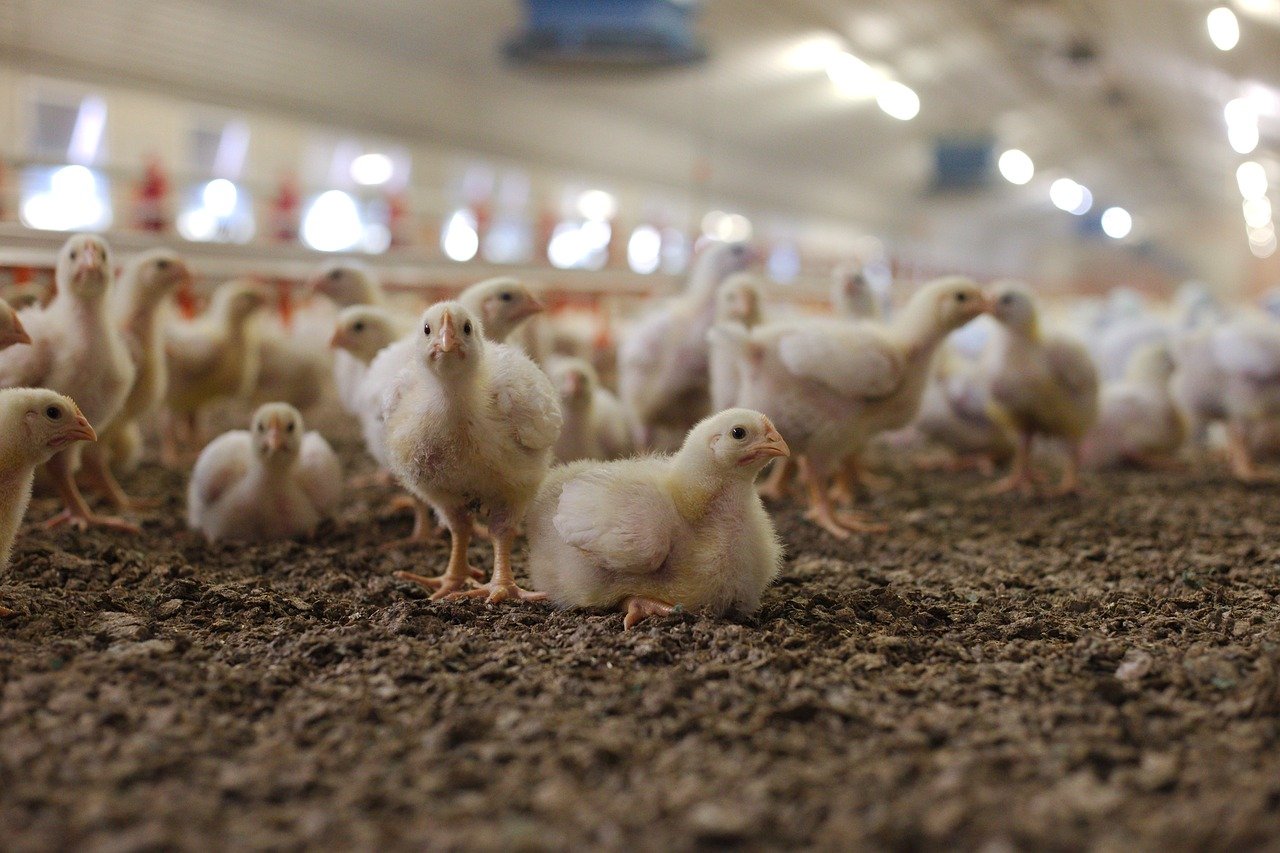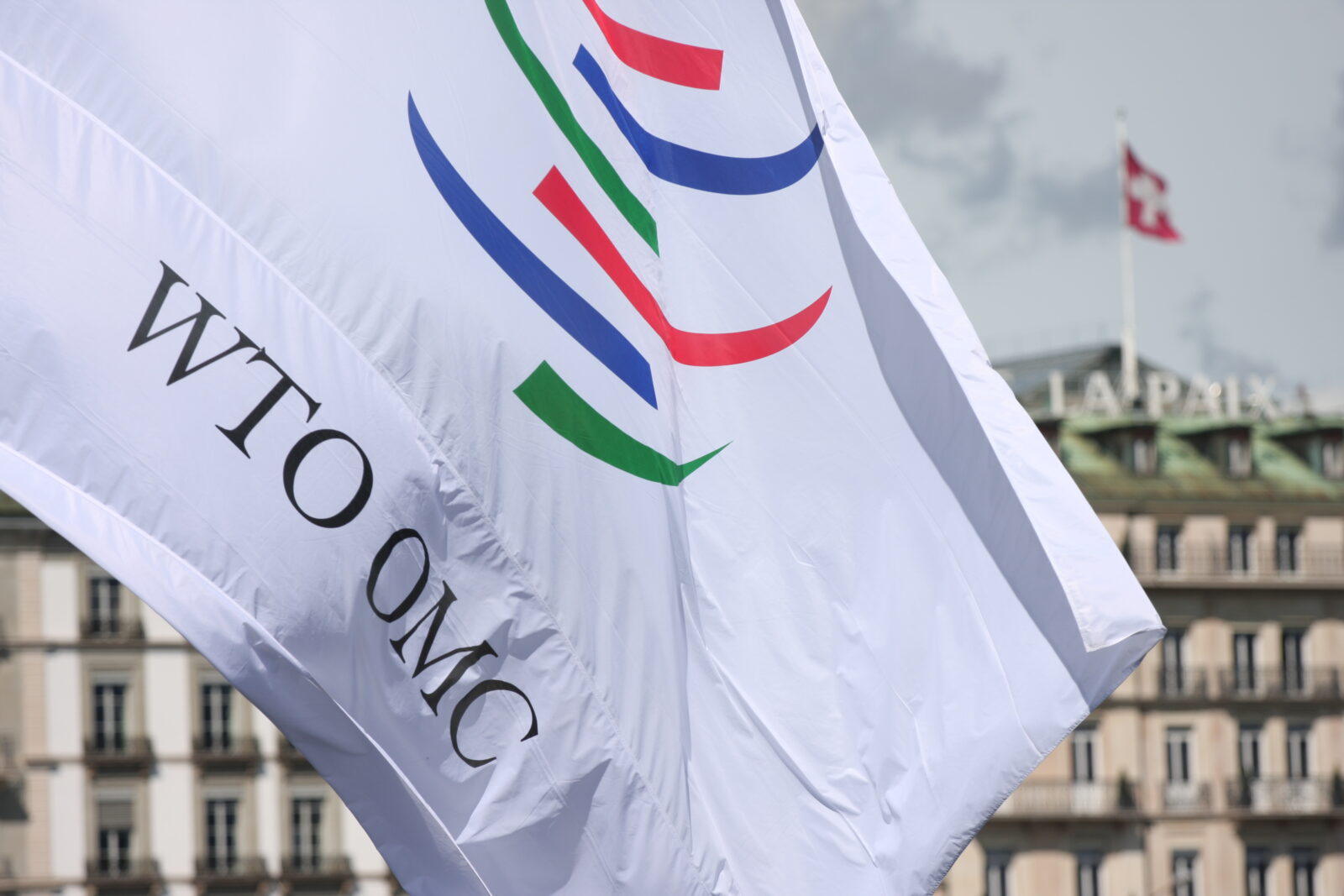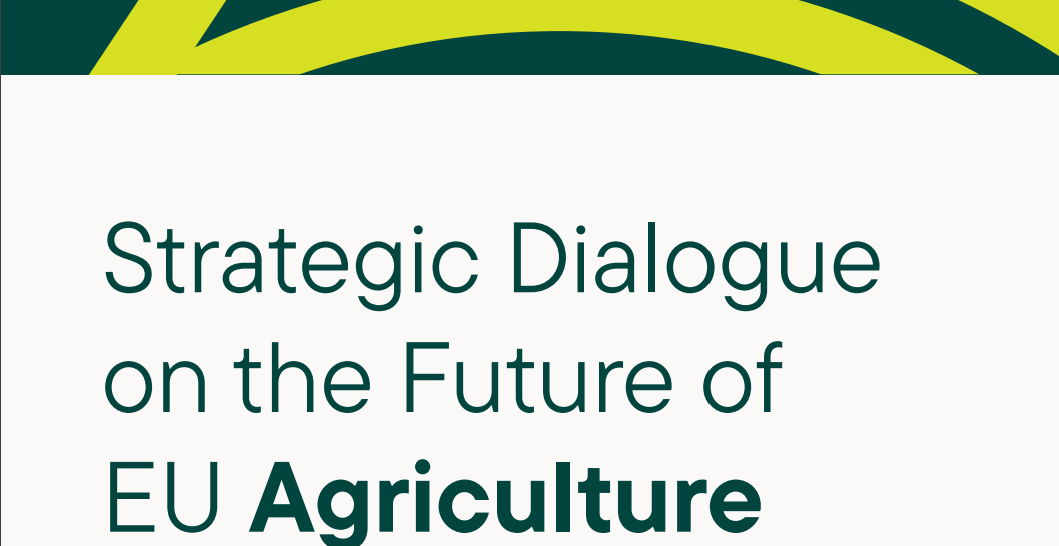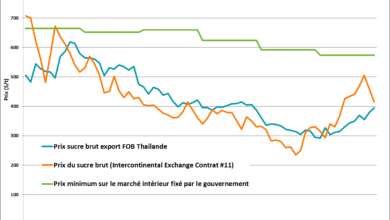
Download the summary
Download the full study (in french)
Agriculture Strategies publishes a new study, the summary of which we have copied below. This study looked at the economic arguments that advocate in favor of regulating agricultural land markets.
Agricultural land responds to very specific characteristics which, when examined, suggest that the regulation of land markets remains a necessity. In the first part of this study, we collected from major economic thinkers the main features that differentiate agricultural land from a simple good or any given factor of production. The founding fathers of the neo-classical school, Léon Walras and Alfred Marshall, received special attention insofar as their analyses largely disconnect from the precepts in favor of the deregulation of markets, even though this approach is currently advocated by economists claiming to be from this school of thought.
If soils differ in their physical, chemical and biological qualities, their fertility is largely the result of the improvements that human work brings them: fertility is built. Alfred Marshall was one of the main economists who have challenged the approach according to which soil fertility was a “free gift of Nature” to focus at the end of the 19th century on the relations between owners and tenants and the means, by law or custom, to give farmers incentives and secure framework to let them invest in the fertility of their land.
Land is a fixed resource spatially and quantitatively. Certainly, agricultural land can be “won” over other uses such as forest, but new hectares cannot be created ex nihilo and agricultural land is lost through their artificialization and urbanization. In addition, you cannot move agricultural land that is inherently localized in space. These two fixities are at the origin of scarcity and localization and of concentration phenomenas which have, for a long time, interested economists in particular for the limits to the economic development which they are likely to cause.
Agricultural land supports many rights and is the subject of many public policy restrictions. Land legislation aims precisely to guarantee the harmonious coexistence of the various rightholders. Elinor Ostrom contributed to popularize the concept of bundle of rights by her study of the management of common natural resources, which allows to take some distance from the frequently encountered in debates but ill-founded in facts “proprietarist” vision of a “sovereign-owner over his property ”. The concept of bundles of rights applies particularly well to agricultural land, especially in France where the rights of the farmer are clearly established and coexist with those of the owner.
Agricultural land cannot be left to market laws alone, because the supply of land does not respond to prices like ordinary goods. For Karl Polanyi, land cannot be “treated as if it is a commodity produced for sale on the market” (“The free market is an impossible utopia”). Furthermore, the earth cannot be reduced to its sole economic dimension and be “disembedded” from the social and political relationships that found each human community. Agricultural land is an important component of national sovereignty, it is a common resource whatever the scale considered, from local to global.
In the second part of the study, we discuss the main arguments calling into question the regulation of agricultural land markets in France. With the “statut du fermage” – the set of rules defining the rights of tenants on land -, the French agricultural land tenure system is very far removed from the model of absolute, exclusive and unitary private property that some development economists consider as a necessary step for agricultural development because, failing this, it would handicap access to credit for farmers. It is clear that in France, since the post-war years, the protections granted to farmers have given them stability almost equivalent to property. In this way, they did not have to mobilize their investment capacities to control the land. On the contrary, productive investments, those which make it possible to increase the productivity of labor, have been favoured. If land regulations limit the prerogatives of owners, it is primarily to give farmers the right conditions to build and invest.
The current agricultural crisis is not the consequence of a regulation of land markets which would have prevented the expression of economies of scale in agriculture. Agricultural land policy cannot bear the brunt of the errors of a Common Agricultural Policy (CAP) which has chosen to connect the European domestic market to international prices, which are dumping prices most of the time, without giving farmers countercyclical safety nets as it is the case for example in the United States. The control of farm concentrations has not frozen the size of farms and, on the contrary, we are currently witnessing an excessive simplification of production systems in the largest structures.
The control of land rent at work since 1946 is a factor all the more positive for the competitiveness of French agriculture that more than 63% of the land is rented. It avoids speculative phenomena and limits the effects of capitalization of CAP subsidies in the price of land. The efficiency of transfer of public support is improved, even if the increase in the price of transfers of operations would call for a reinforcement of measures to avoid that new entrants have, in a way, to pay the outgoing farmer the equivalent of several years of CAP payments in advance. The differential in land prices observed with other European countries such as Germany is also explained by the lesser effectiveness in limiting, across the Rhine, the effect of the capitalization of CAP subsidies.
The profitability of a financial asset depends on its risk level, that is to say on the probability of losing ones investment. However, a plot of agricultural land is among the least risky assets. An increase in the amount of rents would immediately be reflected in the price of land, the rate of return would be unchanged. In the current context of low interest rates and abundant financial liquidity, the supply of capital coming from outside of agriculture is greater than the demand from tenants who would prefer not to have to exercise their pre-emptive rights when their owners decide to sell. Agricultural land therefore does not suffer from a lack of attractiveness. Proposals to challenge regulation to facilitate the access of external capital seem to forget that with a less protective tenancy status, demand for financial carrying from tenants would disappear since tenants would then seek to buy their land to be certain of controling its access.
Tenant farming is the path usually favored when settling new farmers. During their professional career, they gradually acquire part of the land they cultivate. Therefore a movement is created that brings land closer to work: the regulation of land markets organizes a sort of permanent agrarian reform at the base of the method of organizing family patterns agricultural production. The different strategies for circumventing the status of tenant farming are mainly the result of owner-operators who are all the more aware of the advantages of tenant rights because they benefited from it when they purchased land. This question of intergenerational solidarity is also expressed for non-farming owners, a large part of whom are descendants of former tenants.
Ultimately, if the foundations of agricultural land policy are solid, some improvements and legislative strengthening seem necessary to adapt the governance of land to the changes in French agriculture. Among the options for changes, a better articulation between agricultural land policy and the CAP seems all the more necessary since they both aim at the same objective of the renewal of generations.












